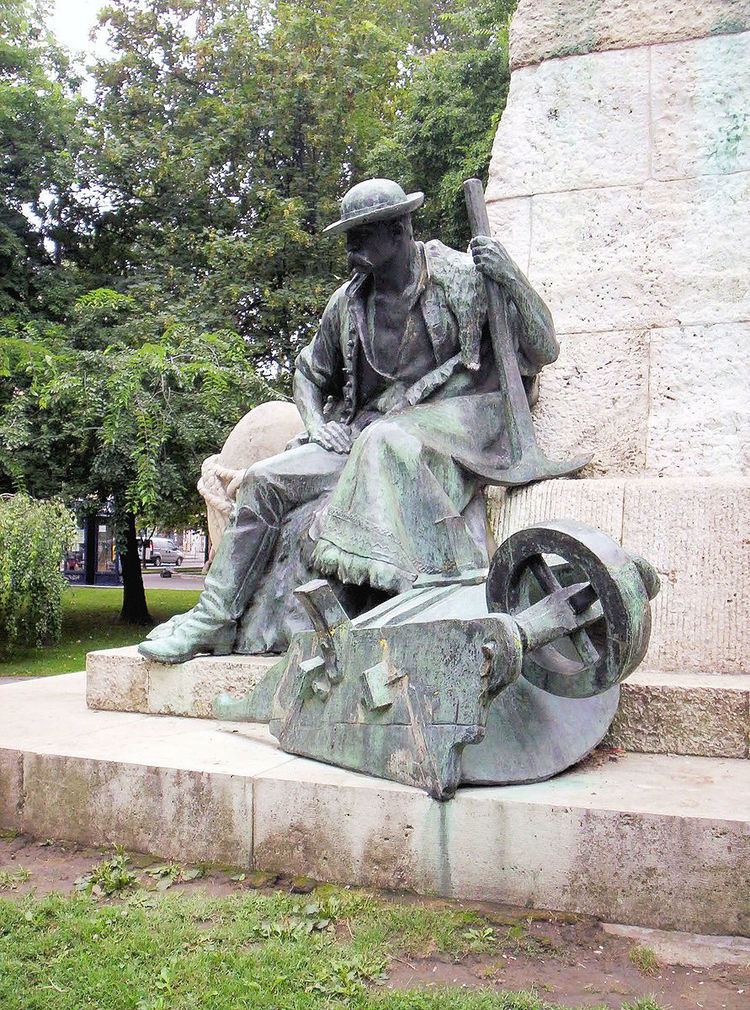Name Janos Pasztor | ||
 | ||
Janos pasztor on whether the world could tackle climate change without the united nations
Janos Pasztor (1881, Gyoma - 1945, Budapest) was a renowned Hungarian academic sculptor in the first decades of the 20th century.
Contents
- Janos pasztor on whether the world could tackle climate change without the united nations
- Early life
- Gallery
- References
Early life
Pasztor learned sculptural arts in the School of Arts and Crafts (Iparmuveszeti Iskola, today Moholy-Nagy University of Art and Design) in Budapest. He was a pupil of Lajos Matrai.
His first works were the side figures of the Pal Vasarhelyi Monument in Szeged. In 1903 he got a fellowship in Paris. In 1905 Pasztor settled down in Hodmezovasarhely but five years later he moved to Budapest.
He became a renowned artist with popular exhibitions in 1911, 1918, 1925 and 1930. In 1929 he won the Grand Prix of the World's Fair in Barcelona. He was killed at the end of World War II during the bombardment of Budapest.
Pasztor sculpted small genre statues, female nudes, portraits and funeral monuments. In the 1930s and 1940s he created several important public monuments in Budapest. His most important works-of-art are the Ferenc Kazinczy Memorial in the Castle District of Buda, and the Neo-Classicist equestrian statue of Francis II Rakoczi erected in front of the Hungarian Parliament Building on Lajos Kossuth Square in 1937.
